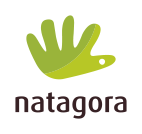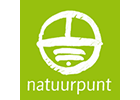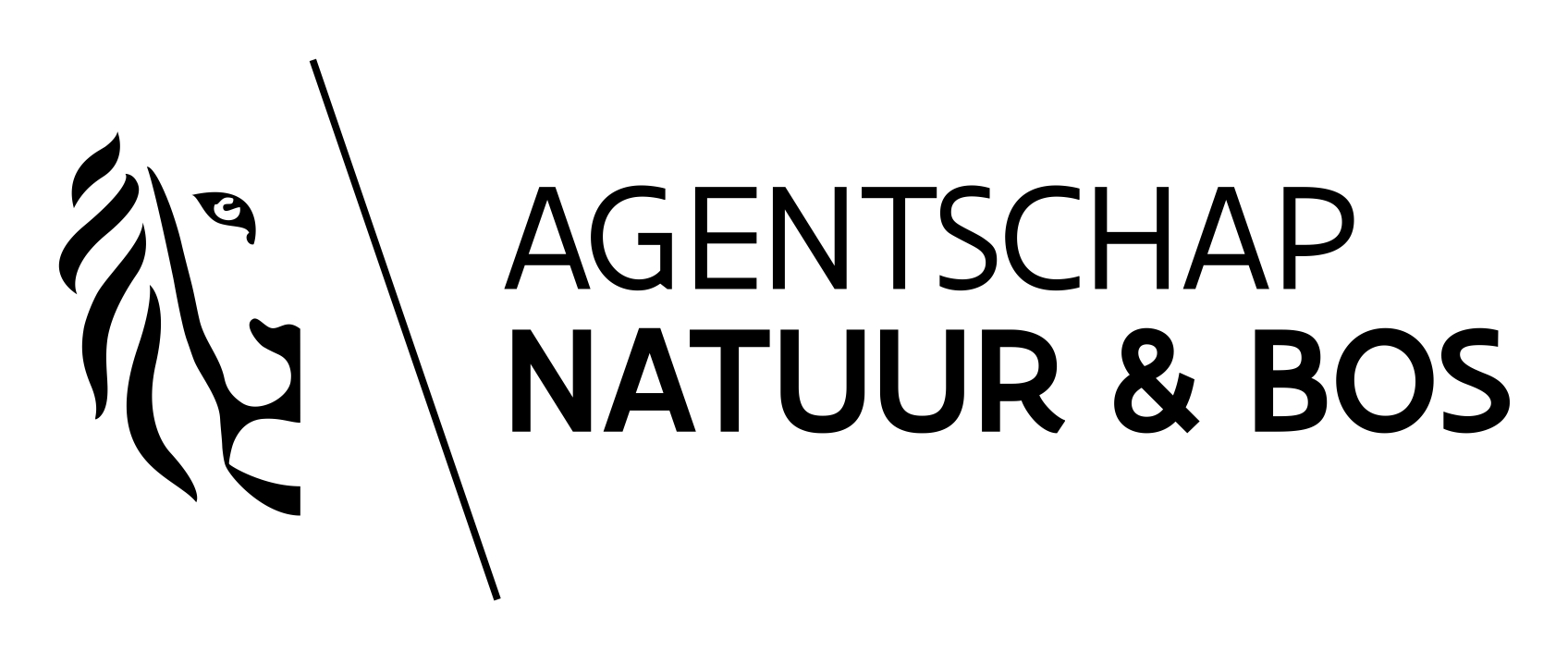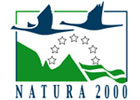A LIFE transfrontier project ...
The LIFE Pays Mosan is an European co-financed project that aims connectivity between the dry grasslands of the Natura 2000 network of the Dutch and the Belgian Meuse basin
The several stakeholders of the project
This LIFE project supported by the European commission involves seven partners that collaborate to protect specific threatened habitats classified Natura 2000:
- The coordinating beneficiary is the Natagora NGO based in Namur (Belgium) - http://www.natagora.be
- The associated beneficiaries are:
- Natuurpunt NGO from Mechelen (Belgium) - http://www.natuurpunt.be
- Natuurmonumenten NGO from Heerlen (The Netherlands) - http://www.natuurmonument.nl
- SPW wallonie DGO3 (Division Nature et Forêts) Public Service Agency from Jambes (Belgium) - http://spw.wallonie.be
- ANB (Agenschap voor Natuur en Bos) Public Service Agency from Hasselt (Belgium) - http://www.natuurenbos.be
- De Vlaamse Waterweg, autonomous agency and limited liability company under public law from Hasselt (Belgium) - http://www.vlaamsewaterweg.be
- UGent (University of Ghent, Belgium) - http://www.ugent.be
LIFE is the EU's financial instrument supporting environmental, nature conservation and climate action projects throughout the EU. Since 1992, LIFE has co-financed some 4 171 projects, contributing approximately €3.4 billion euros to the protection of the environment and climate. More informations can be found looking at http://ec.europa.eu/environment/life/
The mains objectives of the LIFE Pays Mosan
The aim of this eight years LIFE project (2014-2022) is to restore a mosaic of several threatened pastoral habitats and species habitats within the basin of the Meuse River and its tributaries flowing between Andenne (province of Namur, Belgium) and Maastricht (province of Limburg, The Netherlands) and crossing through the Limburg province of Flanders. The LIFE “Pays mosan” specially focuses on improving both connectivity between Natura 2000 sites and habitat quality for endangered species. This will be achieved through restoring old habitats of dry grassland and creating new habitats nearby.
Indeed, the Meuse basin’s lower and medium valleys still house remarkable pieces of calcareous meadows, rocky meadows, calcareous rubble and some scarce calaminarian grasslands, all extremely rich in specific plants and animals. Numerous species grow there at the northern boundary of their area of distribution in Europe. Unfortunately, these highly rich-species habitats have become extremely fragmented and are undergoing progressive regression.
These targeted habitats are mostly related to former pastoral systems: semi-natural dry grasslands on calcareous substrates (6210*, often in mosaic with rupicolous grasslands 6110*) and their transition forms to hay meadows (6510) or acidophilic grasslands (6230*), or are derived from mining or industrial activity (calaminarian grasslands, 6130). Restoration of Oaks-hornbeams forests (9160) are also considered only in the dutch territory and among others for the uncommon Stag Beetle (Lucanus cervus).
Taking all together, 40 Natura 2000 sites are concerned in the project area (24.566 ha), where the main operational objectives are :
· To improve the conservation status of 5 habitats of the Annex I that are part of the Habitat Directive (6210*, 6110*, 6230*, 6130 and 6510), both in terms of quantity and quality. These habitats totalized together more than 500ha of threatened areas. Some of them where already protected and partially restored during a previous LIFE project (LIFE Hélianthème),
· To improve grassland ecological connectivity in the Natura 2000 sites and between them ,
· To improve the efficiency of the implemented restoration actions by enhancing the state of knowledge on the distribution of habitats and by testing new methods of management / restoration,
· To purchase 221 ha of private land, which can therefore further benefit from the « nature reserve » status,
· To improve the conservation status of the 4 bats species for which the conservation status are unfavorable or inadequate,
· To develop exchanges of expertise between scientific partners, NGOs and public sector agencies in Belgium and the Netherlands.
The LIFE pays mosan on the field
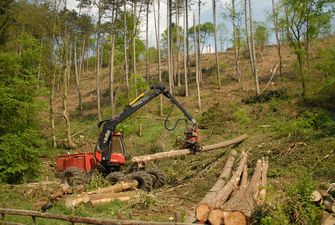 |
To improve the habitat quality of dry grasslands for plant and animal species, management methods such as grazing or mowing will be adapted on each reserve area. Recurring management of the meadows will indeed mostly be performed by using grazing with sheep. But to keep conditions optimal for the development of meadow species, grazing must often be combined with mechanical interventions such as mowing plants left uneaten, wood removal, bush clearing but also fighting against invasive plants (false Acacia, glandular Ailanthus, horizontal Cotoneaster, Buddleia …). The reproduction (by means of seeds or suckers) and germination power of these invasive species is so strong that all of the stricken meadows are in danger. Selective cutting, mowing, pulling up will thus be planned all through the project in order to restrict these species’ expansion.
At the end, this restoration objective is of course to rejuvenate the calcareous/calaminarian grasslands and rocky environments and these actions need sometimes to be adapted according to the initial situation: reforested environment (black pine tree…), an environment taken again by thick-leaved vegetation and/or an environment overgrown by gramineous vegetation …
Some of these natural sites were already protected and partially restored during the previous LIFE hélianthème project.Totally, the surfaces of grounds that will be restored or pursued with restoration are:
- 242ha in the Walloon region (Natagora – DG03 spw)
- 109ha in the Flamish region (Natuurpunt)
- 41ha in the Flamish region (Albert canal – ANB/DS)
- 114ha in the Netherlands (Natuurmonumenten)
All these management tasks would not be possible without specialized land workers but also without volunteers’ remarkable work. So, a lot of days dedicating for “habitat management” will be organized during week-ends with these helpful volunteers. These days are also unique opportunities for people to receive detailed information from specialists on these valuable habitats and the species that are encountered.
At some places, spreading of plant seeds (Hippocrepis commosa, Anthyllis vulneraria subsp. Pseudovulneraria, Sanguisorba minor, Salvia pratensis) are planned, in particular seeds from host plants for threatened animal species (butterflies in particular). Furthermore, ecological corridors (shrub hedgerows, coppices,...) will be restored to ensure the movement of species between the restored habitats. Some Scarces fruit trees (Pyrus communis subsp. Pyraster and Malus sylvestris subsp. Sylvestris) and a rare schrub (Juniperus communis) will also be planted in some nature reserves in which they were originally founded.
As a consequence of fertilization or abandonment of agricultural activities, remaining semi-natural grasslands generally show an unfavorable conservation status. Therefore, two major types of restoration actions will be distinguished: removal and control of trees and scrubs, and lowering of soil nutrients levels.
The restoration of large areas of dry grasslands from soils enriched with nutrients will be tested through a new technology, called « phytoextraction » (removal of top soil nutrients -especially phosphates- by root absorption and above-ground tissue exportation), or by stripping of the nutrient-rich soil layers. These actions will be implemented in close collaboration with the University of Ghent, responsible for the methodology and preparatory actions. Totally, 75ha were planned for both countries.
Field surveys and inventories will also be performed in all the project area to make opportunities to purchase and further to create some new nature reserves inside the existing Natura 2000 perimeter but also outside of it (for the Walloon region only). The goal is to reinforce the connectivity between the actual protected areas. So, more than 200ha grounds acquisition are foreseen and approximatively divided as follows : 132ha in the Walloon region, 55ha in the Flamish region and 35ha in the Netherlands.
In addition to the protection and conservation of above mentioned grassland habitats, the project also targets four species of bats that are still present in the Walloon region. The calcareous character of the bedrock is indeed responsible for the presence of numerous caves and cavities, which are used by bats during the winter months. Although knowledge about their population’s status is still incomplete, we know that the Walloon part of the perimeter still shelter reproductive populations of four highly threatened species : Rhinolophus ferrumequinum, R. hipposideros, Myotis emarginatus, M. myotis. These species are strongly dependent on grasslands quality and structural diversity. The lack of connections between foraging habitats and roosts seems to be a key factor for their survival. The restoration of “green corridors” in less suitable landscapes is another important factor for migration of animal species like bats, as they can only move between sites connected with a continuous network of linear habitats. A lot of work will be done for these scarce species that can be described as follow :
- Habitat analysis (presence of suitable buildings, hedgerows, orchads …) in order to increase chances to detect the targeted species using SM2 recorders,
- Capture and telemetry of lactating females to be able to found the associated breeding colonies,
- In parallel, visits of farms, churches, castles that potentially can house those species,
- Creation of 55 pounds and plantation of more than 50km of hedgerows and more than 1400 fruit trees to increase foraging habitats,
- Improve the quality of at least 10 nursery colonies and creating a network of nursery roosts by fitting out 14 additional unoccupied buildings,
- The project will also improve food availability by promoting bat-friendly pastoral practices for cattle owners and stock breeders. The project will work to raise the awareness of managers, scientists and the general public concerning bats and their conservation, particularly regarding their roosting and feeding requirements,
- Habitats and species monitoring will be carried out throughout the project period to evaluate the impact of the planned actions,
- Public and land managers’ awareness concerning the values of grasslands ecosystems for conservation of biodiversity will be raised by means of many channels: folders, newsletters, information boards, thematic activities, formations and a page on the website.
And last but not least, getting the public involved and making them aware helping them to discover this exceptional environment through guided walks, conferences, manifestations, volunteers’days and didactic paths. We hope so they could enjoy this fabulous common patrimony whatever the region they visit.
Beside the restoration of these specific habitats described above and the protection of several bat species, the LIFE Pays Mosan project’s challenge is also to provide structures that will help manage and ensure permanent actions. An after-LIFE conservation plan will be set up in order to list the means to be provided to meet this challenge. From the start of the project, things will be thought over, especially on the complete aspect of grazing and management control and costs.
Contacts
Do you still have some questions about this LIFE project ?
You want to help by getting involved in one or another way ?
Please contact one person listed below
Coordinator and contact person for Natagora : Hugues Latteur
GSM : 0474/56-86-62
life.paysmosan(at)gmail.com
Contact person for Natuurpunt : Joost Dewyspelaere
joost.dewyspelaere(at)natuurpunt.be
Contact person for Natuurmonumenten: André Hassink
andré.hassink(at)natuurmonumenten.nl
Contact person for SPW DGO3 : Nicolas Delhaye
nicolas.delhaye(at)spw.wallonie.be
Contact person for ANB (Agenschap voor Natuur en Bos): Bart Tesens
Contact person for nv de Vlaamse Waterweg: Valerie Vandeurzen
valerie.vandeurzen(at)vlaamsewaterweg.be
Contact person for UGent (University of Ghent): An Deschrijver or Pieter Vangansbeke
pieter.vangansbeke(at)ugent.be




